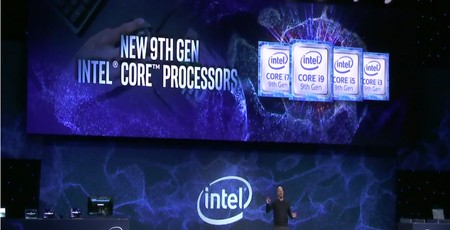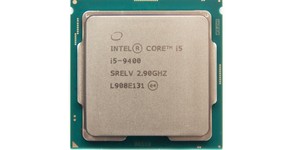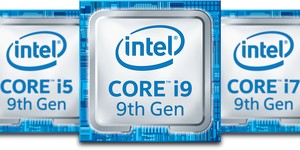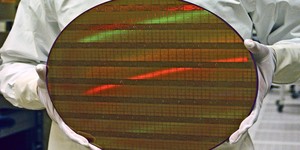Intel releases new 9th Gen Core desktop CPUs without graphics
January 8, 2019 | 11:50
Companies: #intel

Intel has announced six new 9th Gen Core processors for its mainstream desktop family, including four which have no onboard graphics enabled whatsoever.
Last night, Intel’s CES 2019 press conference focussed heavily on its shift to 10nm, with system-on-chip designs, mobile CPUs, and Xeon server CPUs all confirmed as very much coming soon or soonish depending on the product. The Project Athena laptop initiative was also launched.
Conspicuously absent from the 10nm discussion, however, was the mainstream desktop platform, with Intel continuing to rely on its 9th Gen Core offerings which are based on 14nm Coffee Lake and making no mention of when (or if) Cannon Lake or Ice Lake will arrive here. This 9th Gen Core range is being expanded with six new SKUs, the majority of which we’ve since learned are repurposed versions of existing SKUs with one key difference: The onboard integrated graphics component of the die is disabled. We also get the first and only 9th Gen Core i3 part so far and a bolstering of the Core i5 range with the first 9th Gen non-overclocking parts.
Starting with Core i3, the Core i3-9350KF will offer four cores and four threads and base/boost frequencies of 4GHz/4.6GHz with a TDP of 91W. The -KF suffix indicates that it is an unlocked/overclockable part like other -K Series processors, but the -F refers to the fact of it having no onboard graphics. Consequently, the graphics-free versions of existing parts will be the Core i5-9600KF, the Core i7-9700KF, and the Core i9-9900KF, all of which are identical to their non-F counterparts in terms of clock speeds and TDPs. Lastly, we also get the first non-K part, the Core i5-9400, a 6C6T part with a 2.9GHz/4.1GHz base/boost frequencies and a 65W TDP, and rounding out the range is the graphics-free version of this, the Core i5-9400F.
The most likely reason for this move is to increase yields; Intel knows that most people don’t use -K Series chips with onboard graphics and instead install discrete graphics cards, and therefore if Intel is achieving significant yields where the cores are working but the graphics is faulty, this move makes sense. From a review perspective, it will be interesting to see whether there’s an impact on frequency boosting at stock speeds and on the overclocking potential as a result of the graphics portion no longer needing any power whatsoever, but we’re unsure what the sampling situation will be.
The new parts are listed as arriving in Q1 this year; retail pricing has not been disclosed.

MSI MPG Velox 100R Chassis Review
October 14 2021 | 15:04








Want to comment? Please log in.